Research Residencies, Part 1
April 25, 2018
Throughout the course of the spring semester, PPEH Fellows and students enrolled in our "Public Environmental Humanities" course engaged local partners in short-term research residencies with local environmental organizations, public humanities projects, and municipal/civic entities. In this blog series, fellows and students reflect on the following prompt: “How has your research residency shaped your own research project?”
Throughout the course of the spring semester, PPEH Fellows and students enrolled in our "Public Environmental Humanities" course engaged local partners in short-term research residencies with local environmental organizations, public humanities projects, and municipal/civic entities. In this blog series, fellows and students reflect on the following prompt: “How has your research residency shaped your own research project?”
CONNECTING CREEKS
Fiona Jensen-Hitch, Undergraduate, Anthropology and English
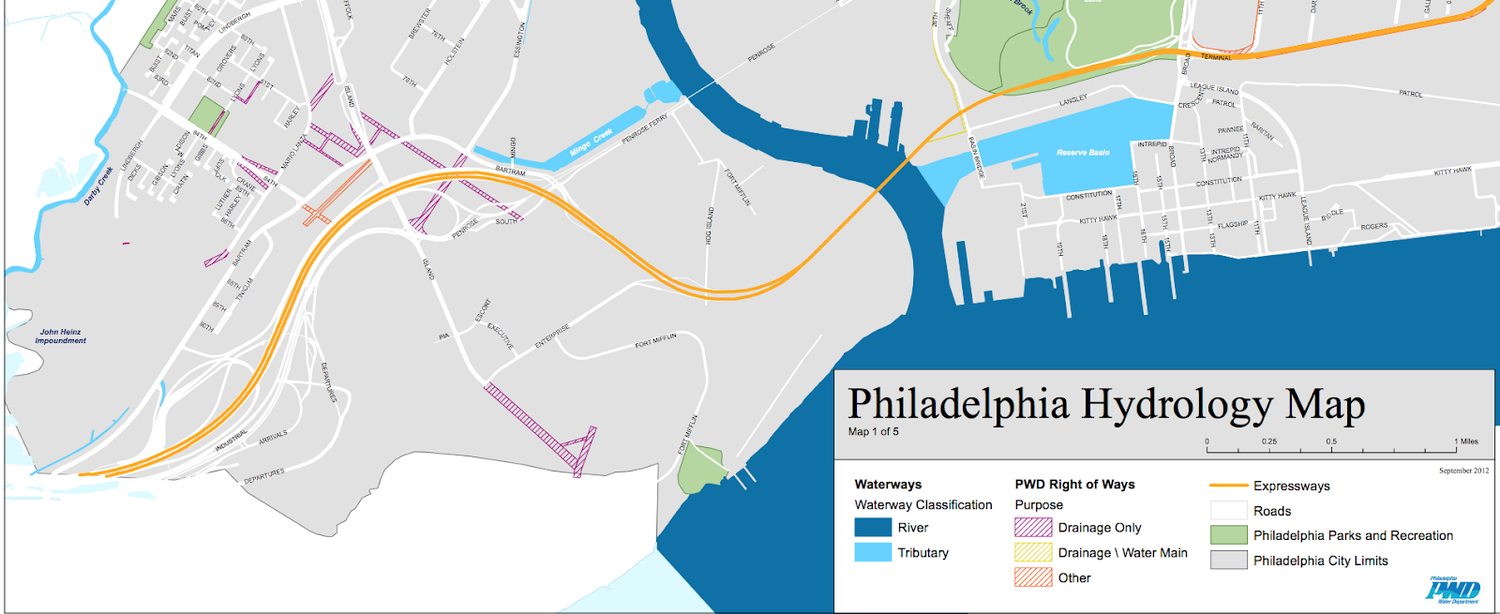
Below is an excerpt from my “research residency contract,” which explains my project:
For my residency, I developed the following plan:
During my research residency, I’m speaking with civil servants of the Philadelphia Water Department (PWD) about the current and historical pathways of water in West Philadelphia, including the water and wastewater treatment plants, that service west Philly My first point of action is to contact PWD archivist, Adam Levine. I want to learn about the specific historical and modern layout of Penn’s campus. Where does the water in this area of the city go to and come from? I plan to map it through simultaneously researching, documenting, and presenting water pathways of West Philadelphia. I’ll consider if these waterways are best performed through audio, visual images, movement, or some combination of these.
This research outline has certainly shifted since its inception. In essence, my proposal has come to inform my research, and my research is changing my proposal. At this point, Adam Levine, has generously agreed to be a resource and aid in my research on information about water pathways in Philadelphia. While this project can ideally be adapted to any urban water system, my work will focus on a single creek in West Philadelphia, Mingo Creek. I am exploring how this creek exists physically--in the past and in the present. This site will eventually serve as a test site for for the research methods and, hopefully, the installation.

NETWORKS AS RESEARCH
Emily Romick, Masters Student, Liberal Arts
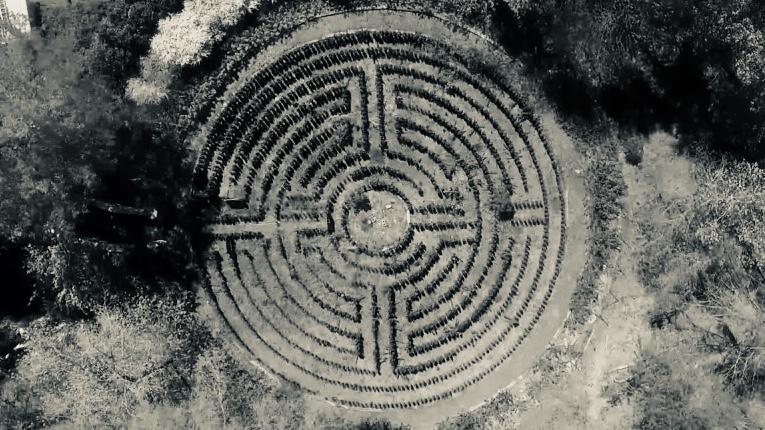
Phone calls, emails, meeting for coffee, following groups on social media, digging through media articles, attending events: the process of securing a research residency for my project on soil toxicity in the post-industrial Riverwards has itself constituted a complex research experience. A network of citizens, civic groups, nonprofits, and city government working on converging approaches to issues of soil toxicity emerged during multiple interactions with contacts. Soil toxicity often affects a broad spatial area ranging between the public and the private, generating an interplay of interests, including those of property owners and developers, government agencies, and the public. In addition, the historical nature of the multiple sources of lead and metals in the Riverwards, the perforated boundaries of contamination, and the often conflicting information regarding the effects of exposures to metals and lead toxicity on public health, work to create a patchwork of intervention efforts and areas of knowledge.
This complexity has compelled me think about about my project in a way that considers the layers that condense around environmental issues. I found I needed to process how public engagement in environmental issues can be challenging to sustain, and often requires navigating a network of agencies and stakeholders. I also had to consider the seeming limitations that the public might encounter when dealing with environmental hazards. With this in mind, I came to some key questions to help frame my public project approach. How can a walking tour be suited to highlight and add new perspective to the challenge of environmental toxicity? How could it provoke meaning and thoughtfulness from a sometimes contentious, bureaucratically managed public health issue? How can it contribute to public understanding, and also reflect the effort that so many community members have dedicated to making soil safer? How can the community see itself in this tour, and what sense of place, history, and environmental urgency will ultimately be conveyed?
"TELL ME WHAT YOU SEE"
Carlos Price-Sanchez, Undergraduate PPEH Fellow, English and Environmental Science
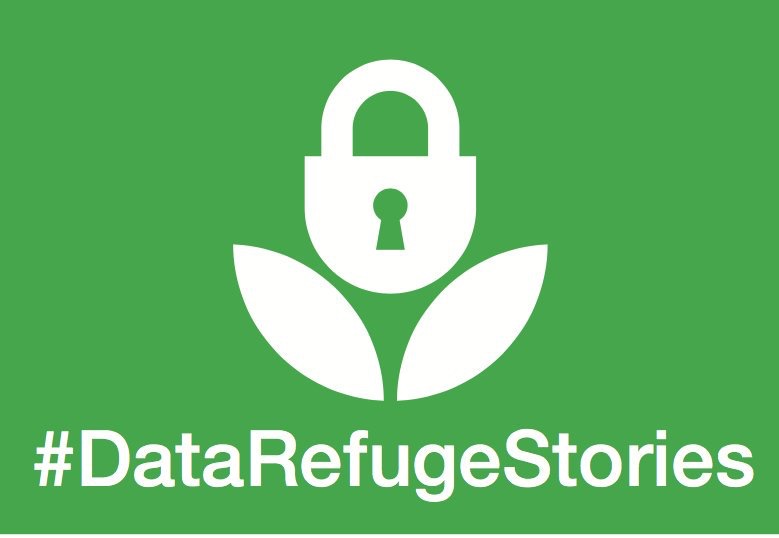
If working with Data Refuge has taught me anything it’s that completing a public engagement project, no matter how small, that can carry its own weight is much more complicated than one might think. A project as simple as the recording of interviews with scientists, or planning a small event can quickly devolve into a kind of existential crisis about the applicability, longevity and ultimate usefulness of doing so. I’ve been working with Data Refuge primarily on the task of creating a creative tool for narrativizing data in an attempt to make climate information more personal. What I’ve found is the ultimate success of such a project, particularly my own, comes from the wind up. What I mean is this: if you are attempting to “win” the game of making data and data-work more public and personable you’ve got to score some points, but before you can even think about getting on base, you have to make sure your stance, focus, and swing are all working well. As much as I’m sure this campy and extended metaphor is making you want to switch tabs, It’s actually quite useful.
I set out with many things on my mind: wanting to change the narratives surrounding scientific work, wanting to challenge the typical discourse of academia, wanting to create not-so-doom-and-gloom communities centred around data and climate change. I wanted to hit that homerun. But I forgot to get my stance right and as a result, my project has been plagued by an unclear vision of the whole that this part fits in to.
Since realizing this, I’ve returned to the word “tool” and decided not to attempt to create some entirely new atmosphere of engagement, but to use my skills as a poet to offer a modest example of what engagement might look like. To do this, I’ve been working on turning some of the MadLib entries ( http://pennds.org/datarefugestorytelling/items/browse ) into short poetic works, turning them into characterized introductions to the Data sets these participants have deemed important to them. By publishing these on social media along with appropriate links to data-sets I hope to do a small part in creating an environment of intimacy between researchers and artists considering our changing climate. Through this project and a collaborative reading with Seung-Hyun, a fellow classmate, I aim to express that intimacy publically, with the hopes of changing the way we all typically believe we are able to, in our own small ways, interact with data and science. This time, Im setting up my swing to get solidly on base - and who knows, maybe I’ll get that home run after all.
Below is an example:
Inspired by Francesca http://pennds.org/datarefugestorytelling/items/show/263
“Tell Me What You See Exactly”, California Long Valley, GPS Tracking of Earthquakes
GPS pours its radio frequencies out like a dog parade,
hunting as a tattoo does
the face of California:
stone blooming into patches of risen water - its many arrows
tracking upwards.
go ahead, lie down
feel the quail-ing of hidden rivers
the grind of this valleys teeth
determined by satellite
very precisely. distances over several 100 miles becoming 5 millimeters of gossip and us
returning months or years later
to occupy the same local:
stations hum to one another through time as two
electric cats then
rimracking the hollow cistern
of the Caldera
as a pair of dice
Hush. Tell me what you see

https://earthquake.usgs.gov/monitoring/gps
WEAVING TOGETHER THE FIBERS OF SCIENTIFIC RESEARCH AND PUBLIC ENGAGEMENT
Sabrina Elkassas, Undergraduate PPEH Fellow, Earth and Environmental Science
A research residency was a foreign concept to me until I became a PPEH fellow. Some background – I am a scientific researcher, a lab rat if you will, spending more time with the bacteria I grow than with people. However, I learned that scientific research is all fine and good, yet what is the use if the public doesn’t know about it? I asked myself this question over and over, and I searched for a research residency that could teach me how to engage a public, while I could teach them about my research. I found this with the Boys and Girls Club of Ambler, Pennsylvania, with whom I connected with thanks to my community partner, Jessica Meeker, Penn Superfund Research Program Research Translation Core Coordinator.
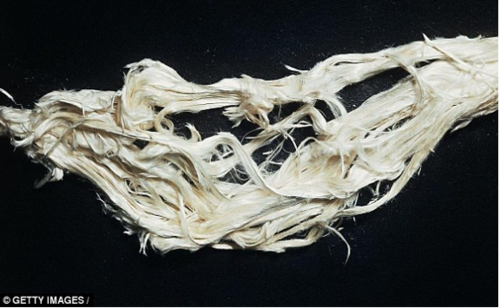
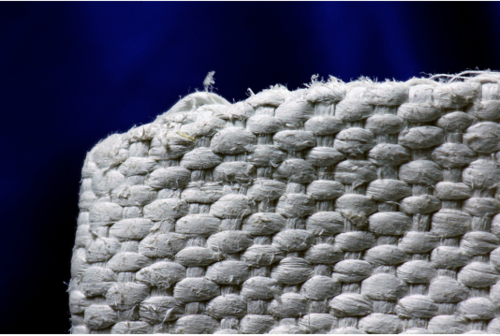
I research how bacteria from the bottom of the ocean can be used to remediate asbestos fiber toxicity. Ambler, Pennsylvania is a place stricken with asbestos-related illnesses due to asbestos emplaced in public buildings almost a century ago. I felt that the Boys and Girls Club in Ambler would be a perfect opportunity to teach fifth-grade students that science is a creative field that can be used to solve many problems, including the one so close to their home. Since I will be setting up an activity to do with them that demonstrates science as a creative art, I can translate this activity to a broader age group with my public engagement project, the Philadelphia Science Festival. This research residency has taught me the importance of engaging with the public every step of the way, and that academic research and public engagement cannot be separated
2. https://hiveminer.com/Tags/asbestos%2Cwoven/Timeline
